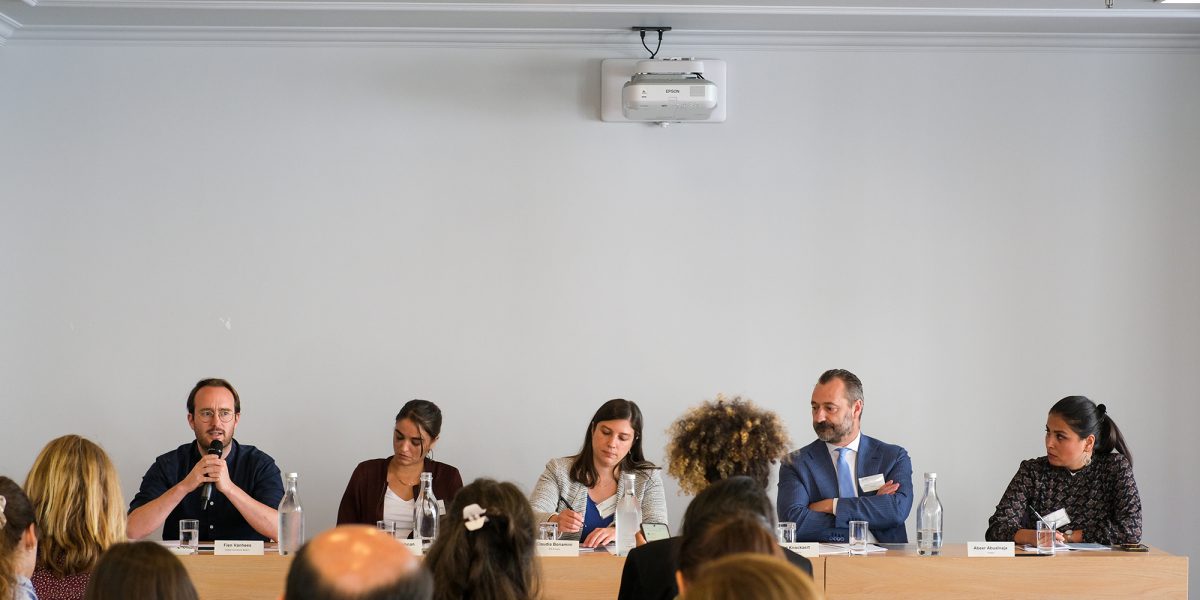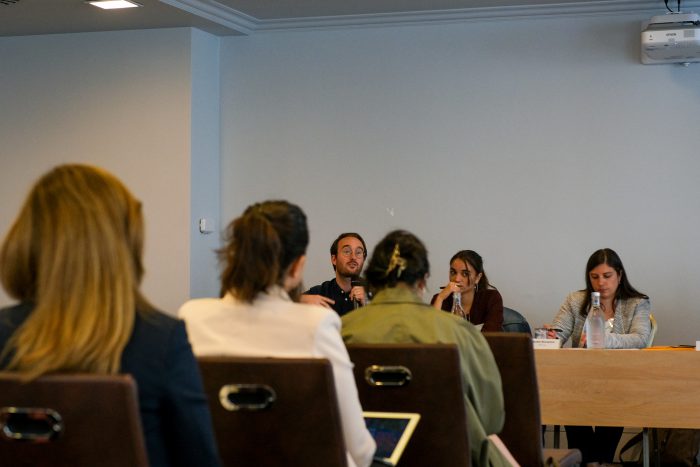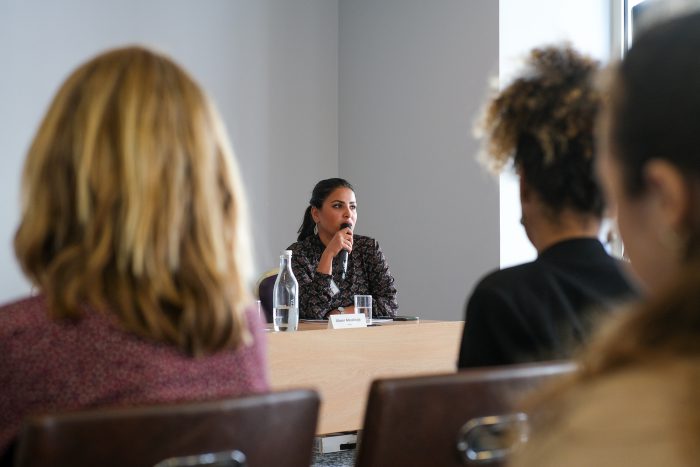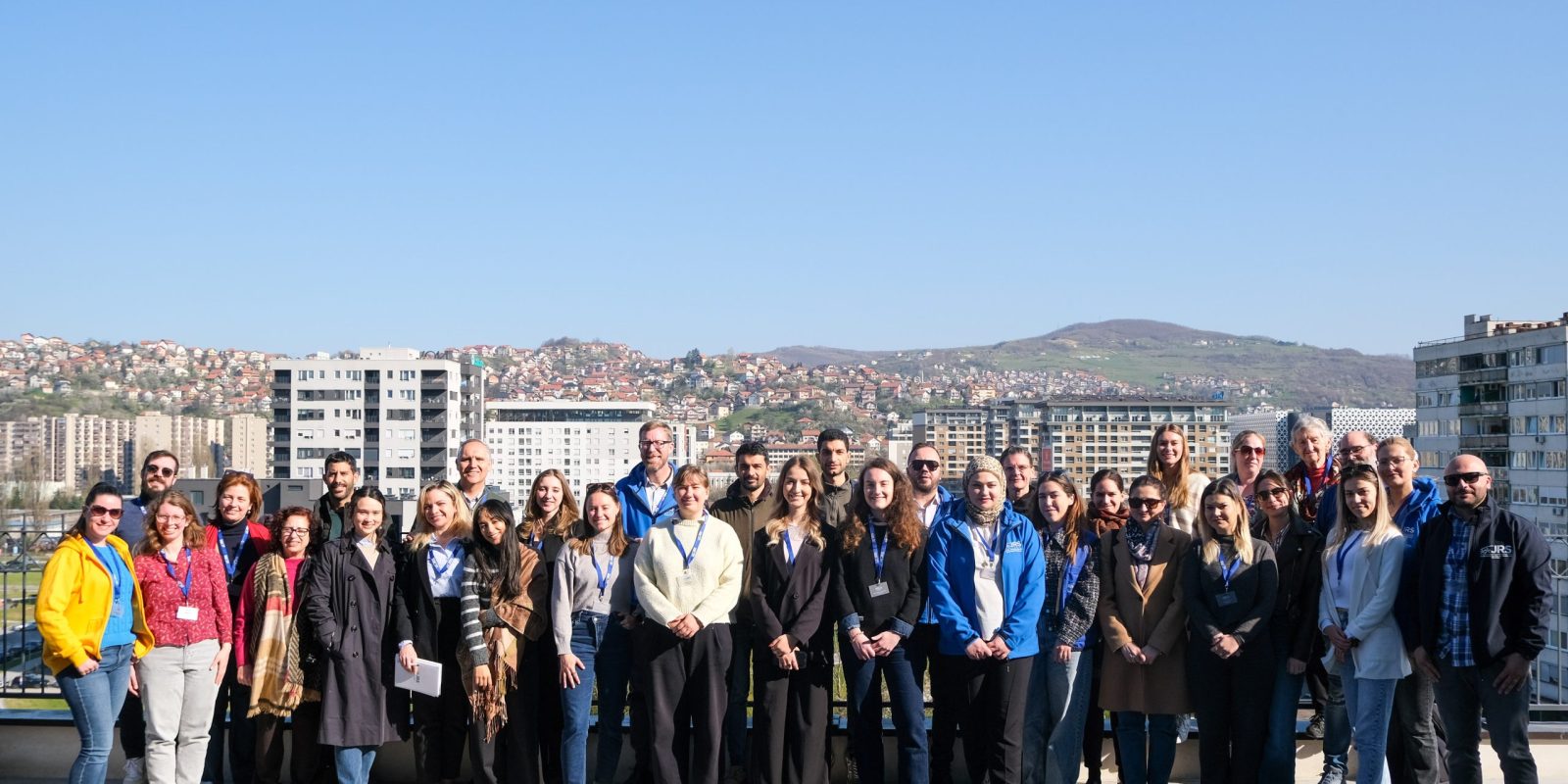Reception of asylum seekers: from the borders to the heart of European societies
04 July 2022|JRS Europe

In the past years, the discourse on asylum and migration in Europe has strongly focused on borders and the need to separate upon arrival the people eligible for international protection from those who are not. Consequently, reception for asylum seekers has also increasingly included a border dimension, resulting in the establishment of large facilities in often remote and isolated areas, at the margins of where the local community lives.
In JRS’s experience, this has a strong negative impact both on asylum seekers’ chances to obtain protection as well as on their opportunities to integrate with the local society. During the 2022 ECRE Annual General Conference, on the 28th of June, we brought together a panel with experiences from different realities to start a reflection on how to fundamentally rethink reception in Europe towards models that ensure dignified living conditions, foster autonomy and privacy, and allow close contacts with the local community.
The importance of accompaniment
In Belgium, since 2014, the government has given priority to reception in collective reception centres, providing only material support and basic comfort. Caritas International Belgium, which previously only provided individual reception in houses or flats, had to rethink their projects in a way that still could be true to their values.
Today, Caritas employs a mix of individual and collective facilities, running projects for both asylum seekers and people with a protection status. Some of their best practices are small, locally embedded clusters of reception places that blend in with the local community. In other cases, they run small collective facilities for very specific target groups, such as single women with children, or unaccompanied children. “We strive to provide good minimum material standard – said Pieter Van Roeyen, legal officer at Caritas – but more importantly, we focus on individual accompaniment, because people who arrive here are planning a safe future; we need to take it seriously and plan the journey with them”.

Organised solidarity
JRS France started working on reception of asylum seekers within host families already in 2009, offering temporary reception to isolated adults left out of the regular reception system. The program is run entirely by volunteers and offers several advantages, such as ensuring close contact between asylum seekers and the local society and raising awareness on refugee issues within local communities, which often then transform into strong refugee rights advocates.
However, cohabitation never comes without challenges.
Moreover, programs of accommodation in host families are not suitable for all asylum seekers or reception contexts. JRS France insists that citizen programs cannot be generalised as the only reception model and cannot replace state services. In this sense, Zoé also warned about the necessity to adopt clear frameworks and guidelines in the current context of citizens involvement in the reception of Ukrainian refugees.
Waiting time, not wasted time
“Reception is part of a process and should be useful to prepare people for their next step in their life. It is a waiting time, but should not be wasted time.”
For Geert Knockaert, Head of the “Asylum and Reception Cooperation and Guidance Unit” within the Asylum Knowledge Centre of the EU Asylum Agency, the essence of reception goes beyond collective or individual facilities. It must be clear that reception is more than a roof and a bed, but it is also about diverse contexts and target groups. Collective centres have the advantage of accommodating many people at once but are not convenient in the long term. Good models need to be flexible and should be thought in phases, mixing different kinds of facilities, adapting to the external context and to the needs of the people hosted.
From survival to “total independence”
Abeer Abualnaja arrived in Belgium as an asylum seeker and was assigned a place in a collective reception centre. “It was OK when I was still in survival mode – she explained – “meeting with people coming from all over the world was enriching and it was helpful to be able to talk to people who lived through similar experiences”. However, soon enough life in the centre presented more and more challenges: the lack of privacy; the position in the centre, far away from the city and from society; the impossibility to grow and make long-term plans, such as continuing her university studies. Abeer decided to leave the centre, and was lucky enough to find a host family with whom it clicked on a personal level, and where she could stay on a long-term basis. Living with Belgian people helped her to integrate with Belgian society, and she felt safe and supported. However, her dream was to ultimately obtain “total independence” and as soon as she could afford it, she moved to a place of her own.

Reception at the heart of society
Identifying one single perfect reception model, adapted to every local reality and every individual situation is probably impossible. However, the many examples and good practices on the ground point in the same direction: to make the best of the asylum procedure’s ‘waiting time’, reception should be brought back to the heart of European society, by putting asylum seekers’ needs at the centre and accompanying them throughout the process.

